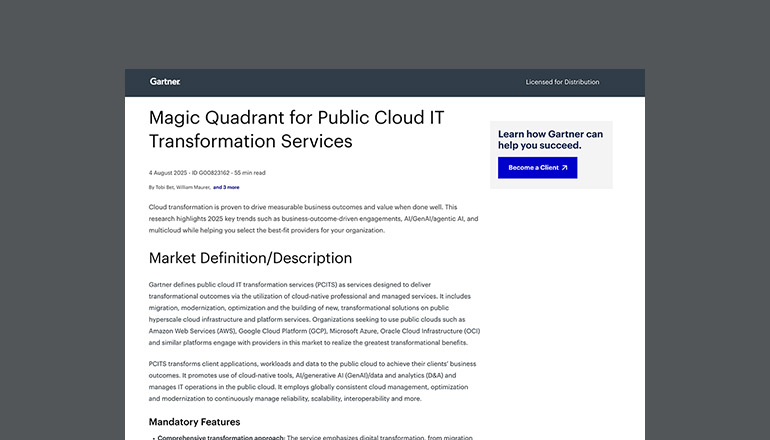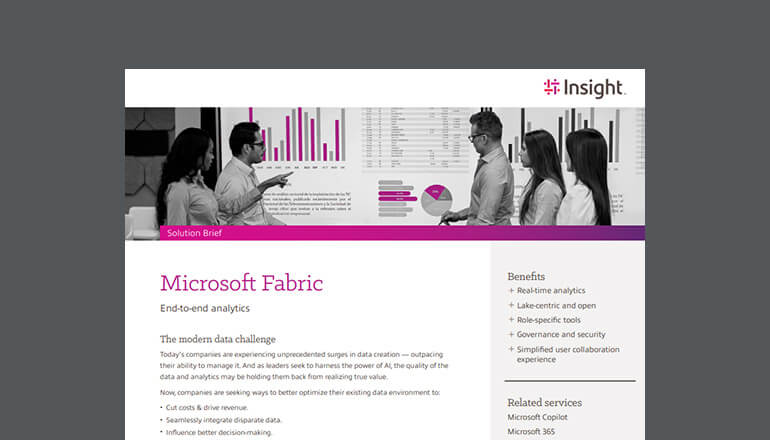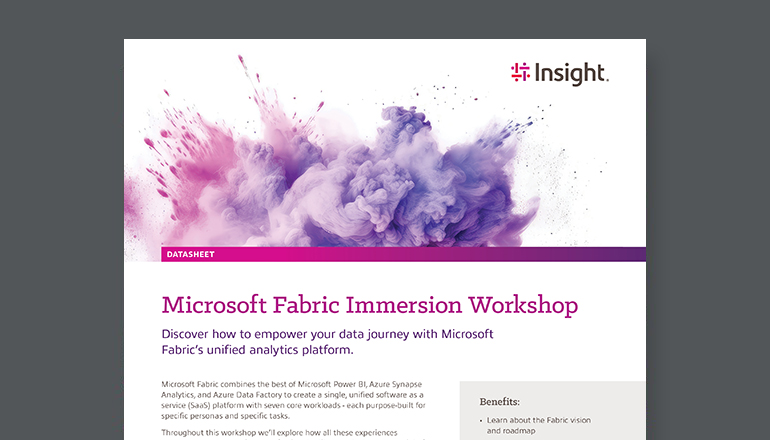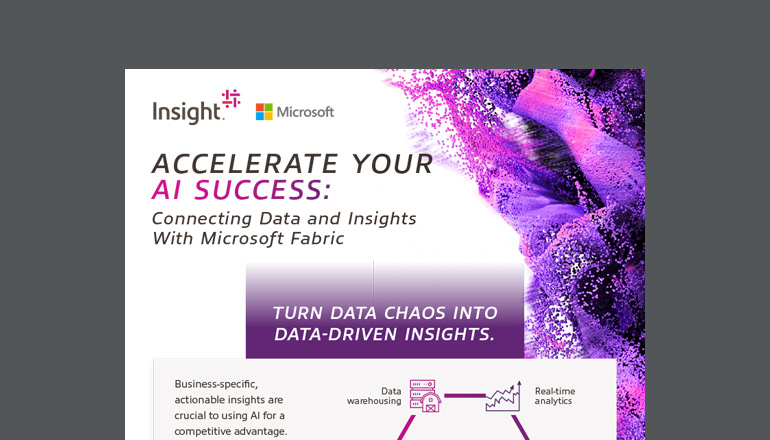Article 5 Strategies to Turn Digital Disruption Into Business Benefits
Technology is the key to creating new and engaging experiences, streamlining operations and adding value to business outcomes. In fact, according to Gartner, 93% of Chief Strategy Officers (CSOs) expect technology to change their industry. Despite that, only 20% are prepared for industry disruption.
By Isabel Ticlo / 22 Sep 2018 / Topics: Artificial Intelligence (AI)

Where does your business fall? Will you be able to adapt? Here are five tactics that can help you stay ahead of the competition.
1. Investing in the Internet of Things (IoT)
A Euromonitor International survey found nearly 60% of respondents rank the IoT’s impact ahead of both the cloud and Artificial Intelligence (AI). The IoT provides visibility into processes, including inventory tracking and predictive analytics. This creates opportunities to cut costs on excess stock, accurately adjust for seasonal sale cycles and market relevant products based on past purchases.
With the ability to collect data in real time, your business can also leverage the IoT to accurately gauge the what, where and why behind consumer decisions online. In today’s competitive landscape, personalisation and data tracking can be critical differentiators.
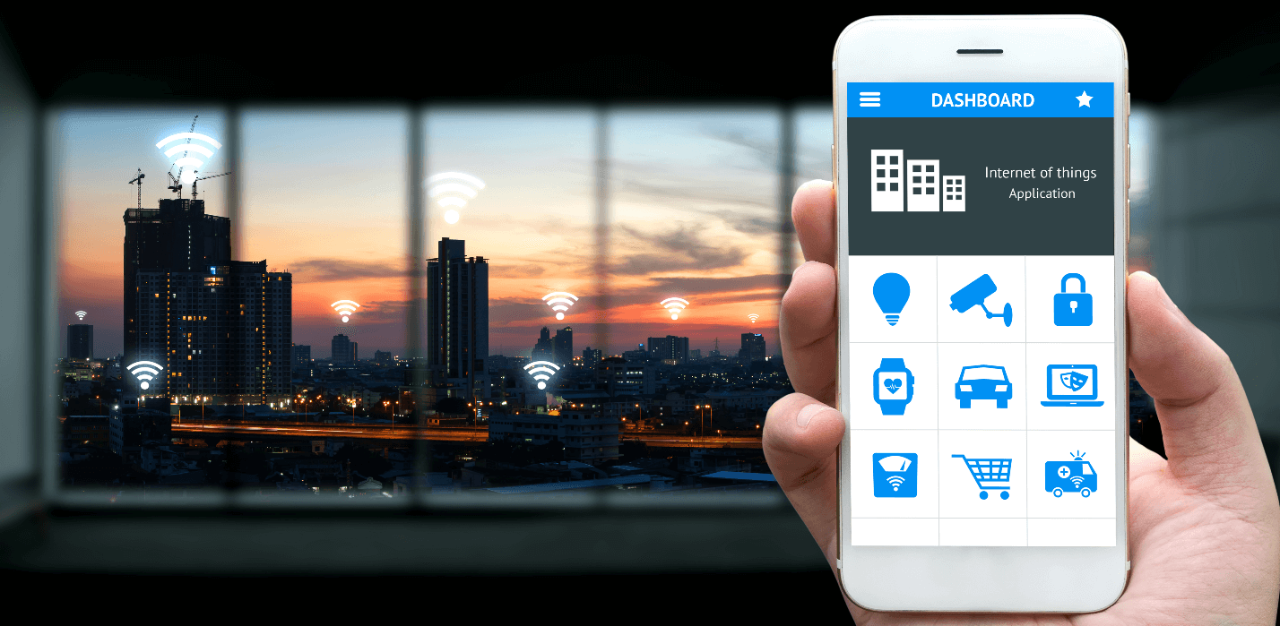
2. Adopting chatbots
Data from Transparency Market Research forecasts the chatbot market to exceed $990 million worldwide by 2024. Chatbots provide a channel to interact with customers 24/7, addressing common questions quicker than an employee could by recognizing keywords and matching them to preset answers. Investing in virtual assistants and chatbot technology can help your business:
- Improve customer engagement.
- Reduce costs.
- Make better informed decisions.
- Scale interactions as needed by season.
- Invest more in your staff.
3. Securing your data — the lifeblood of your business
Hardware-enhanced endpoint security features, such as multifactor authentication, add a layer of protection to your devices.
When it comes to marrying your devices to their complementary applications, always-enabled updates make sure your laptops, desktops and smartphones are equipped to support the latest security software needed to combat evolving threats.
Application security protocols such as encryption keys, access management and credential checkpoints can also help protect your devices, data and personnel from outside threats.
But what happens when you have to leverage customer data to create personalised digital experiences? How do you ensure that data is safe? With the General Data Protection Regulation (GDPR) in full effect, businesses have to meet new standards as they collect, store and analyze personal data.
The IoT and AI-enabled chatbots can help enhance the customer experience, but these platforms require data to be targeted and efficient. Finding the balance between compliance with the GDPR and customer engagement can be challenging. Following a checklist can help you quickly assess the areas you need to adjust.

4. Powering productivity with digital collaboration tools
Bring Your Own Device (BYOD) policies, mobile devices and connectivity are bridging the gap between the workforce of the past and the workforce of the future. They offer three key benefits, among others:
- Greater flexibility — RCR Wireless News estimates the global mobile workforce will grow to 42.5% in 2022. Mobile devices equipped with long-lasting batteries and configured with secure communication software enforce today’s anytime, anywhere work mentality for true agility in the workplace.
- Faster response times — Businesses that maintain up-to-date software and powerful processing solutions empower their teams to execute faster turnaround times on project changes. This way, less time is spent pivoting, and more time can be dedicated to strategy sessions that add value.
- Employee satisfaction — According to Gallup, only 33% of employees in the U.S. are engaged and motivated by their workspace. Having reliable equipment on hand maximizes efficiency and engagement — and helps you attract and retain top talent.
5. Putting digital disruption at the heart of business
Achieving digital transformation requires an analysis of your people, processes and technology and how they align with your evolving consumer base. Big data, the IoT, AI, applications and collaboration tools all power productivity and efficiency in the workplace.
As these solutions become more prominent, you’ll need to assess your current business environment and strategize a way to integrate them for continued relevance in the marketplace.



